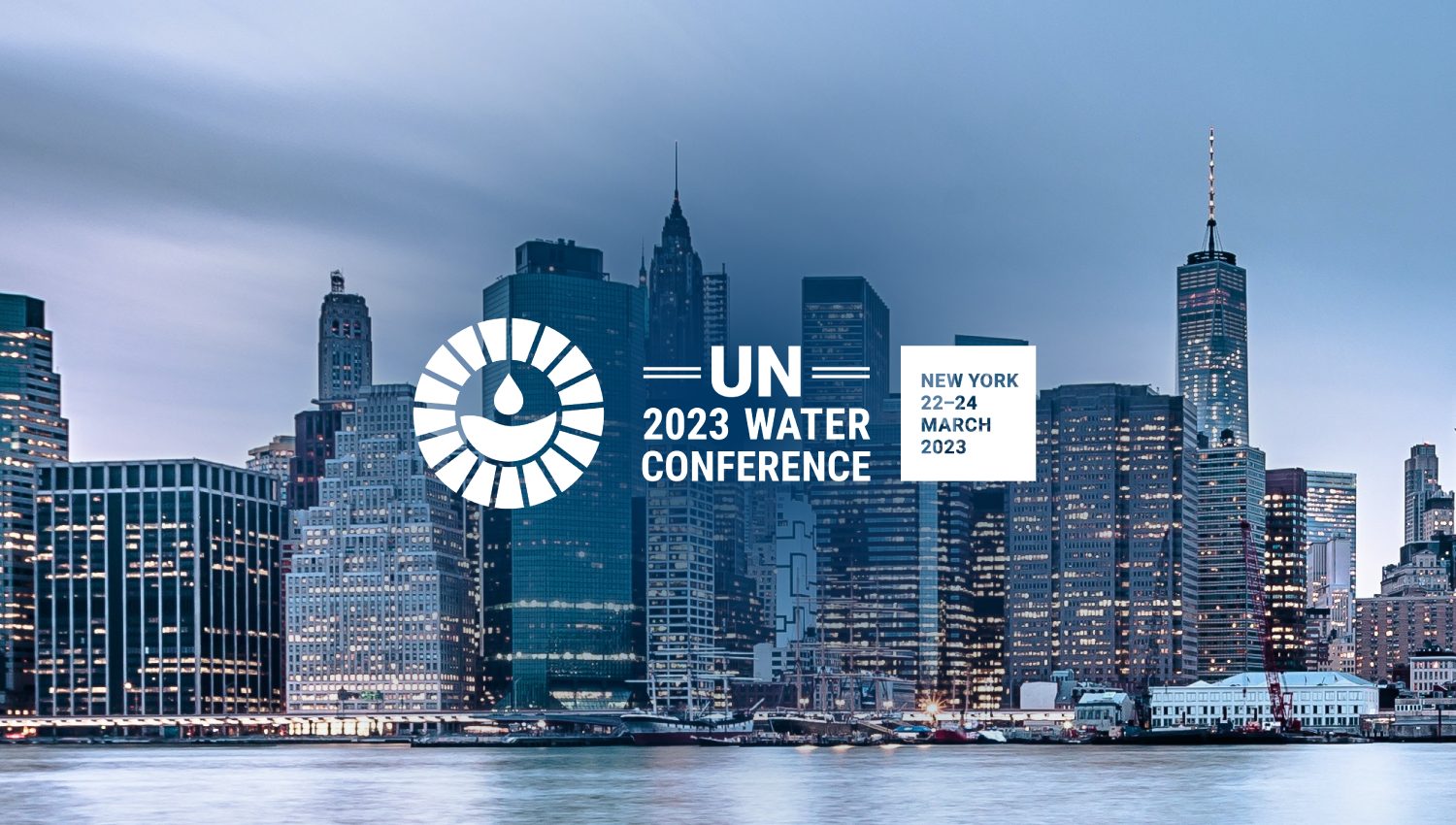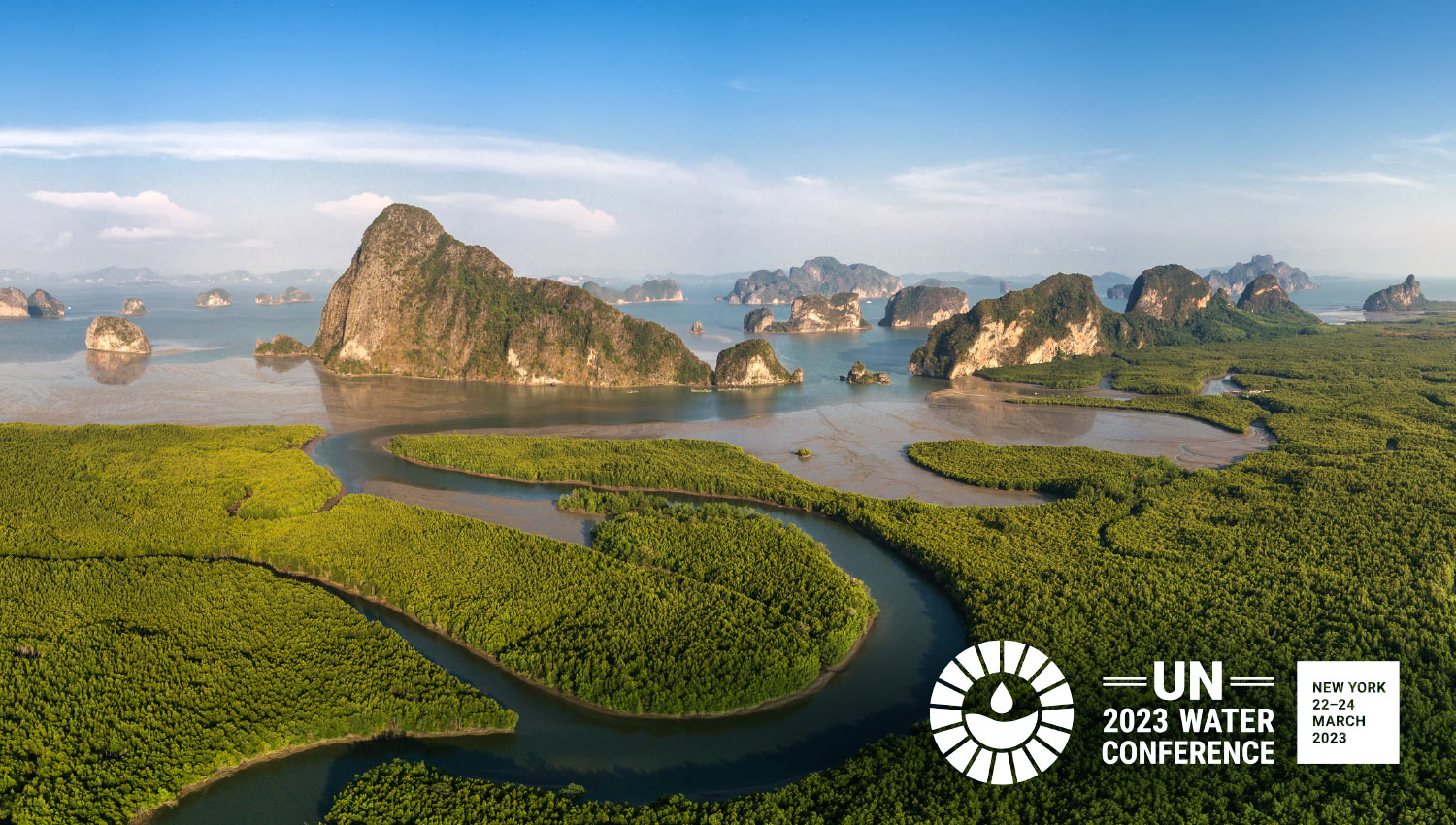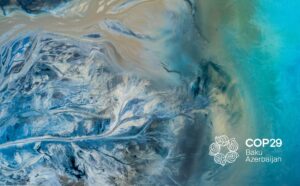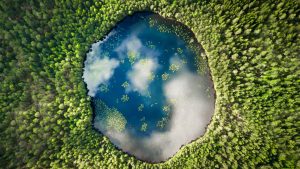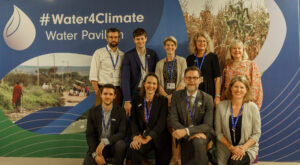Strong calls for more source-to-sea management at UN Conference
“What is really important about the source-to-sea approach is that it helps us understand that land, freshwater, coastal and marine ecosystems are connected. You would think that this is obvious but in reality, it isn’t something we have done in the past. We have had a tendency to work in our own silos and our own areas of expertise.”
The City of New York, where the UN 2023 Water Conference takes place, happens to be a source-to-sea pioneer, which was explored in the New York Water Week event Journey of Water from Source to Sea, organized by SIWI, WWF and the Thirst Foundation founded by ultra marathon runner Mina Guli. New Yorkers can enjoy some of the best drinking water in the world thanks to healthy watersheds upstream, in the Hudson Valley and Catskill mountains. By working with nature, the quality of waters have improved, which also means that the sea outside New York is again teeming with wildlife like humpback whales, bottlenose dolphins, sharks and crabs.
Examples like this contribute to the growing interest in source-to-sea approaches where many new practitioners want to learn from those with more experience. Catering to that need, SIWI organized the event Source-to-sea collaboration: A game changer for the whole water cycle and contributed to Source to sea approach from methodology to practice. In the latter, experts discussed best practice methods.
“We need to think programmatically, not project-wise when we are developing interventions in river basins and looking at the broader and cumulative impact of an intervention.”
Jakob Granit, Director General for the Swedish Agency for Marine and Water Management, emphasized how the approach can provide new opportunities for a green and blue economy where ecosystem services are strengthened. ”But challenges are many so it’s critical to identify clear management objectives and to prioritize which actions that can deliver the most,” he said.
James Dalton, Director, Global Water Programme, The International Union for Conservation of Nature (IUCN) felt that we are now at a point when we can start to draw conclusions about what works. “We need to think programmatically, not project-wise when we are developing interventions in river basins and looking at the broader and cumulative impact of an intervention,” Dalton said.
Ruth Mathews thinks that the UN 2023 Water Conference could be an important moment for source-to-sea management. “It is a little early to say, but the general feeling is that for source-to-sea we are starting to take the next step, where we move from “what is it” to “how do we do it”. The discussions are increasingly concrete, and we are now talking about what the challenges are and how we can address them. This is important, because whe have said for a long time now that this can be a game-changer, so now we must establish what has to happen to actually change the game,” she says.
Follow SIWI to New York
On 22-24 March, the United Nations headquarters in New York will host a historic conference on freshwater. SIWI will play an active role to ensure that countries finally tackle the urgent water crisis and deliver on commitments already made.
Learn more about our positions and activities